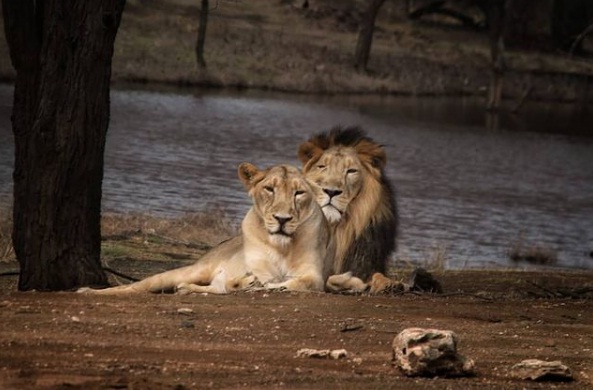Kutch Museume :
Timings : 10:00 AM to 1:00 PM
2:30 PM to 5:30 PM
Closed on Wednesdays and Public Holidays
Entry Fee : INR 5
Camera - INR 100
About the Museum:
Opposite Hamirsar Tank, Gujarat’s oldest museum has eclectic and worthwhile displays spanning textiles, weapons, silverware,
sculpture, wildlife, geography and dioramas of Kutch tribal costumes and artefacts, with labelling in English and Gujarati. It is home to the largest existing collection of Kshatrapa inscriptions, dating to the 1st century AD, as well as examples of the extinct Kutchi script, which does not exist now. One section of the museum is devoted to the vibrant tribal culture of the region. You can see examples of ancient artifacts, folk arts and crafts and information about tribal communities of Kutch.
The oldest museum of Gujarat, the Kutch Museum boasts of its collection of the extinct Kutchi Script and ancient coins. Tribal artifacts are also a part of the museum along with many other kinds of objects on display exhibits of embroidery, paintings, arms, musical instruments, sculpture and precious metalwork.
Kutch Museum Collections
Besides siting the widest collection of the Kshtrapa engravings from the 1st century AD, the museum also contains a vast chronology of the Kutch history. This double-storied building houses a variety of artefacts across eleven sections.
The ground floor houses the exquisite carving of the Airavat or the white Indian elephant with seven tusks. According to Hindu myth, the Airavat is said to be the vehicle of the Hindu deity, Indira.
The museum sections are as follows
1. Gallery2. Anthropology3. Archaeology4. Weapons and tools5. Musical Instruments6. Tribal section7. Shipping and navy8. Stuffed animals and toys9. Clothes and textiles10.Ancient artefacts
Brief History:
The Kutch Museum was founded by Maharao Khengarji in 1877. He wanted to showcase the region’s delightful diversity in craft and local living.
The archeological section has Indus seals. Different kinds of stone tablets are available also. The painting showing the different vocations of Kutch is on the display. There is also an excellent section that covers classical and musical instruments like Nagfani, Morchang, and many others, which are put on the display of the museum.
A section of the museum is devoted to tribal cultures, with many examples of ancient artifacts, folk arts and crafts, and information about tribal peoples. The museum also has exhibits of embroidery, paintings, arms, musical instruments, sculptures, and precious metalwork.
Thus the museum broadly contains a picture gallery, an anthropological section, an archeological section, textiles, weapons, musical instruments, a shipping section, and even stuffed animals.
On the ground floor of the museum, in the center room, ‘Airavat’
( an Elephant) is displayed. ‘Airavat’ is a carved, wooden, snow-white Indian elephant with seven tusks. ‘Airavat’ was prepared in Mandvi in the 18th century, in the worship of Tirthankar.
There is also a Cannon Haidari, a cannon gifted by Tipu Sultan to Kutch administrator Fateh Muhammad. He wanted Kutch Horses in exchange.






0 Comments